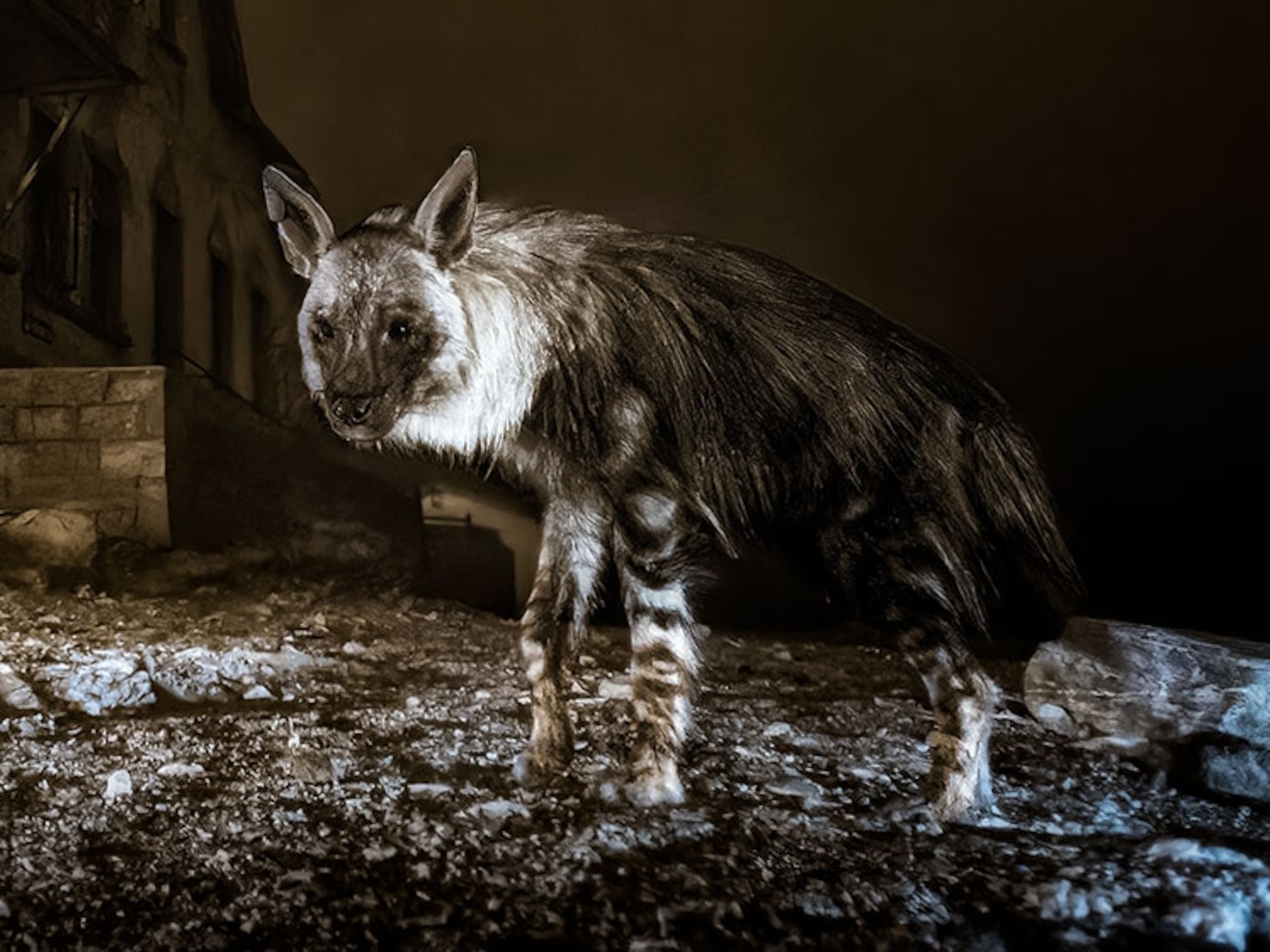
A Spectrum of Endangered Color
The world is full of animals and plants displaying a full spectrum of colors, but for some species, time is running out.
Nature displays a full spectrum of colors, far beyond the reds, greens, and blues that make up modern screen technology. This makes it challenging for photographers to authentically capture and share the true colors of some of the world’s rarest species—like those included below. With its one billion-color, dual-flagship primary cameras, the OPPO Find X3 Pro brings more of us even closer to being able to capture and share the true colors of these species—highlighting how much duller the world would be without them.
Orange
Tigers are one of the world’s most iconic endangered species. These solitary, stealthy hunters experience constant pressure from poaching, retaliation killings, and habitat loss. Less than 4,000 of these magnificent big cats remain in the wild, though through global conservation efforts, their numbers are rising.

With a broad oceanic range and a life expectancy of 150 years, the orange roughy fish might not seem obviously endangered. However, the species is being overfished, and trawlers are targeting large concentrations of roughy that gather to breed, wiping out whole generations of the long-lived fish.
(If a species falls and no one sees, will it make an impact?)
Thirty years ago, the skies above California’s Pacific Coast were filled with orange as millions of western monarch butterflies migrated to California to overwinter. But habitat loss and pesticide use have driven these colorful butterflies to the brink of extinction: in 2020 there were less than 2,000 western monarchs left. Despite this dramatic drop in population, the monarch is not yet listed as endangered.
Yellow
The sea marigold, with its bright yellow flowers, is on the brink of disappearing from its native Sicily. A combination of traffic pollution and competition from an exotic invasive species has made the sea marigold critically endangered. However, a dedicated conservation program employing preservation and propagation is working to save this rare flower.
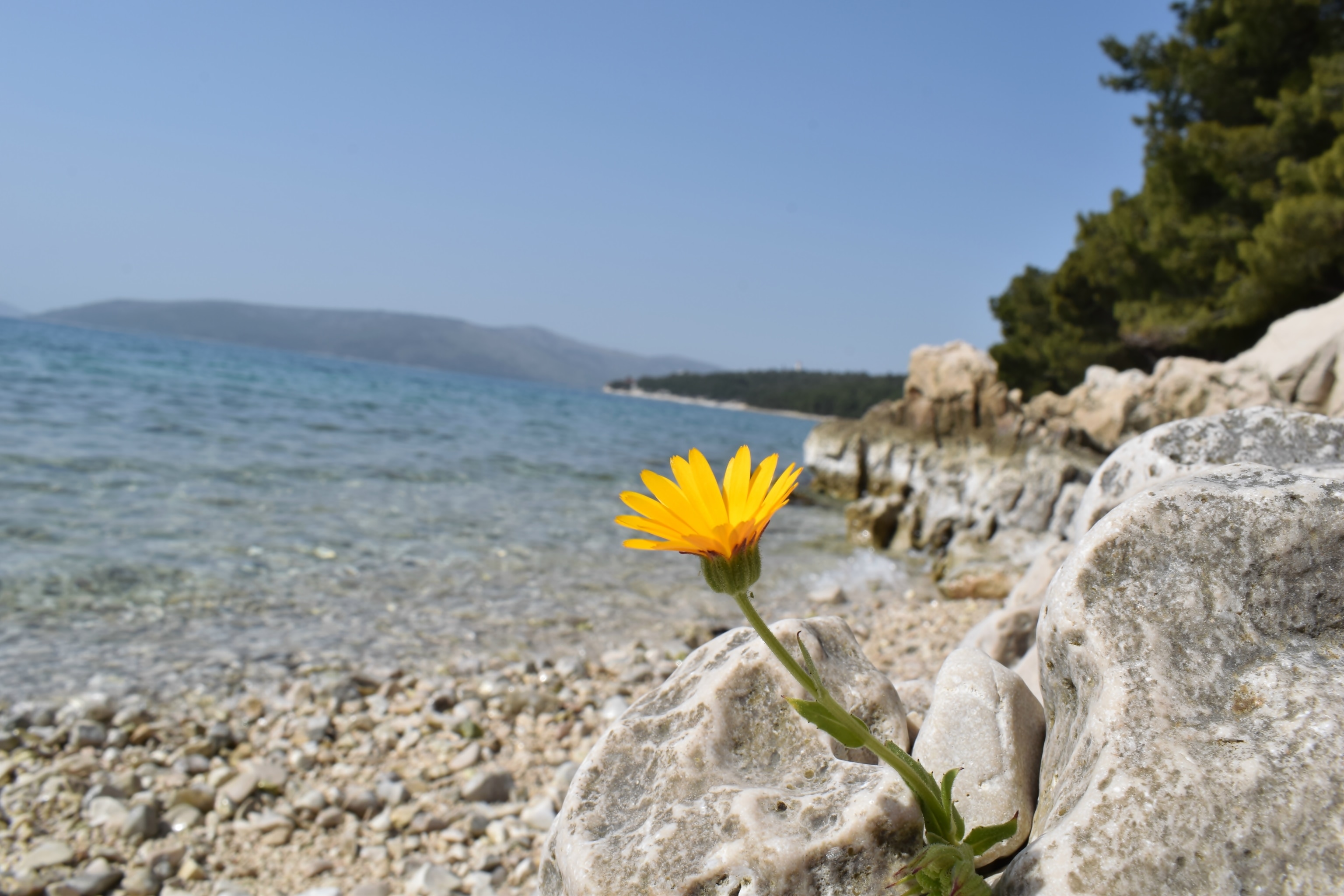
Small, yellow, and easily overlooked in the sand and gravel of its native Alabama streams, the Alabama lampmussel is becoming harder to find. It needs clear, cool freshwater with little sediment and a moderate current. Human activities, including river damming and pollution, have reduced the Alabama lampmussel’s habitat to the tributaries of a single river.

In under two decades, the once abundant yellow-breasted bunting is now critically endangered. Considered an Asian delicacy, widescale illegal trapping has resulted in a 90 percent decline in this species’ population. It is hoped that strict enforcement of laws and consumer education programs will save the yellow-breasted bunting.
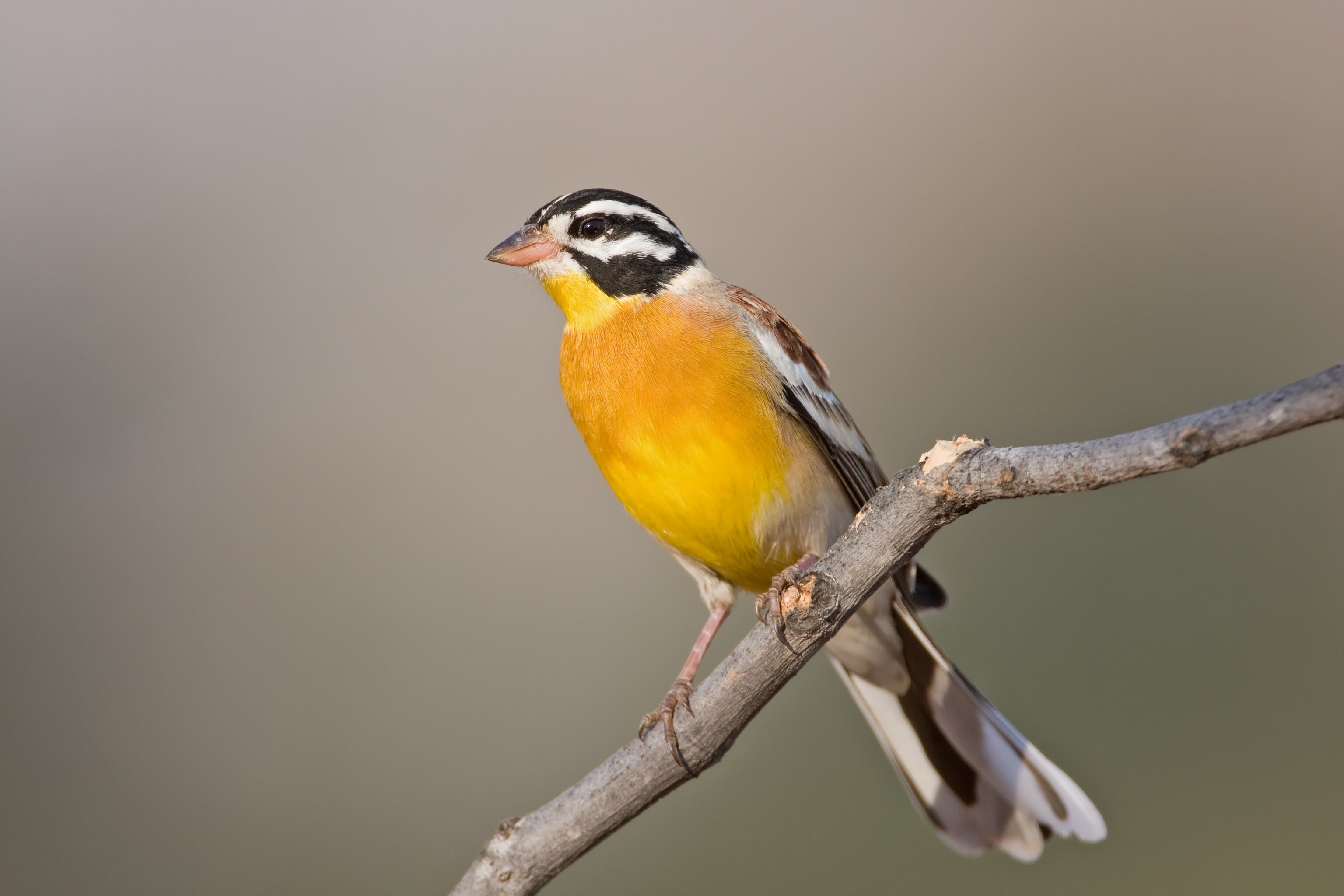
Purple
Little is known about the purple frog, which lives almost entirely underground and is native to southern India. Its only known relative is on the Seychelles, across nearly 2,000 miles of ocean, so it has been evolving independently for around 100 million years. With dangerously specific breeding sites, the loss of its habitat could mean the end for this unique amphibian.
In the forest undergrowth of the Chocó region of Colombia and Ecuador, the soft hollow coos of the purple quail-dove can still be heard—but only just. There are perhaps as few as 600 of these enigmatic birds left. Purple quail-dove populations are declining because of rapid habitat loss due to mining and agriculture, including cattle grazing and palm oil production.

Orchids are dizzying in both number and diversity, and are used in many areas of life, from decoration to food. But among the 25,000 known orchid species, Fairrie’s paphiopedilum is one of the rarest. Soon after being discovered in Bhutan, this orchid’s vibrant purple-and-white petals meant that they were collected to near extinction. Today fewer than 50 plants remain in the wild.
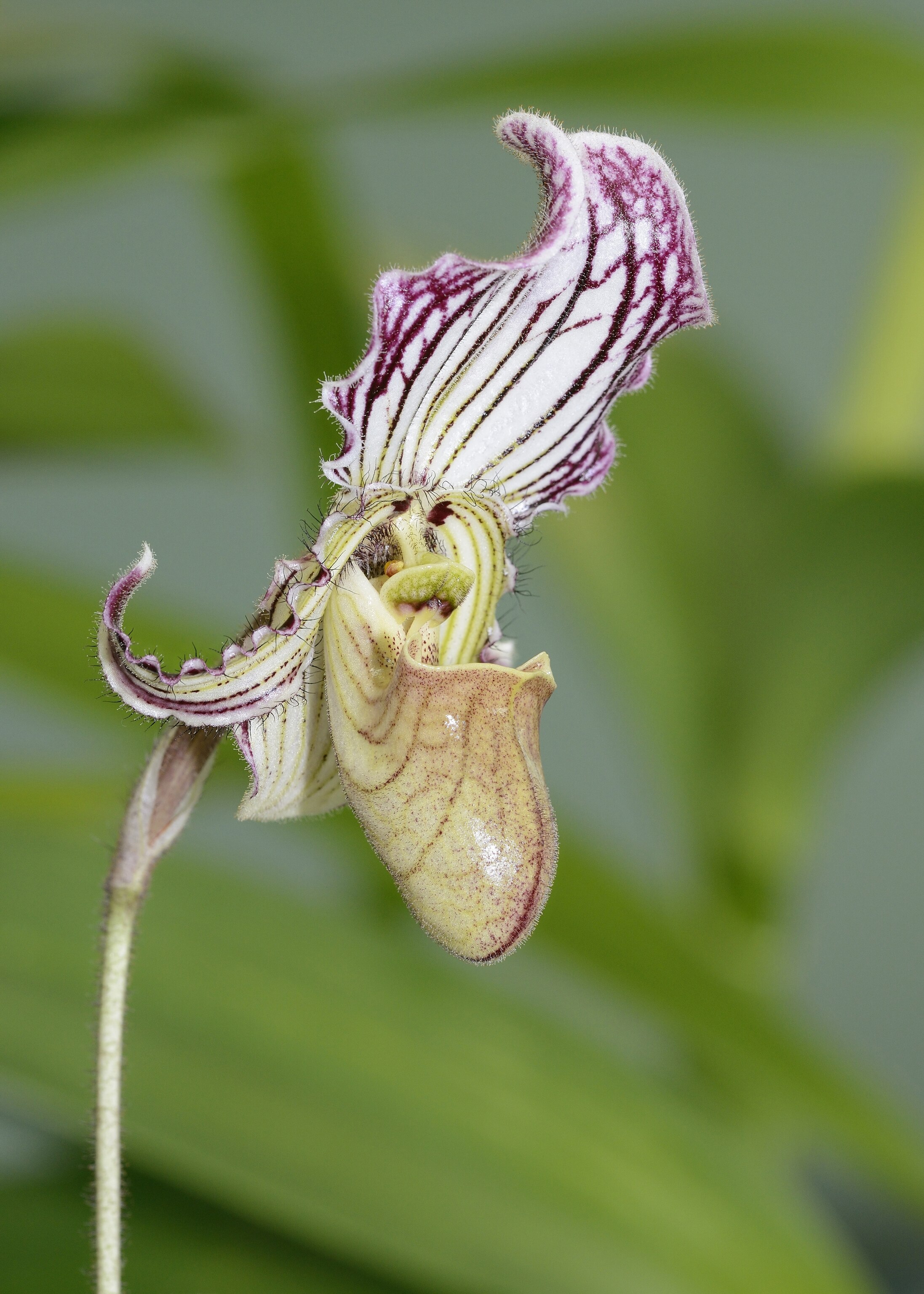
Black and White
The giant panda is a global symbol for wildlife conservation―and one of its greatest success stories. Concerted efforts to preserve its mountain habitat and to increase populations in central China have paid off: in 2016 the giant panda’s conservation status was downgraded from endangered to vulnerable.
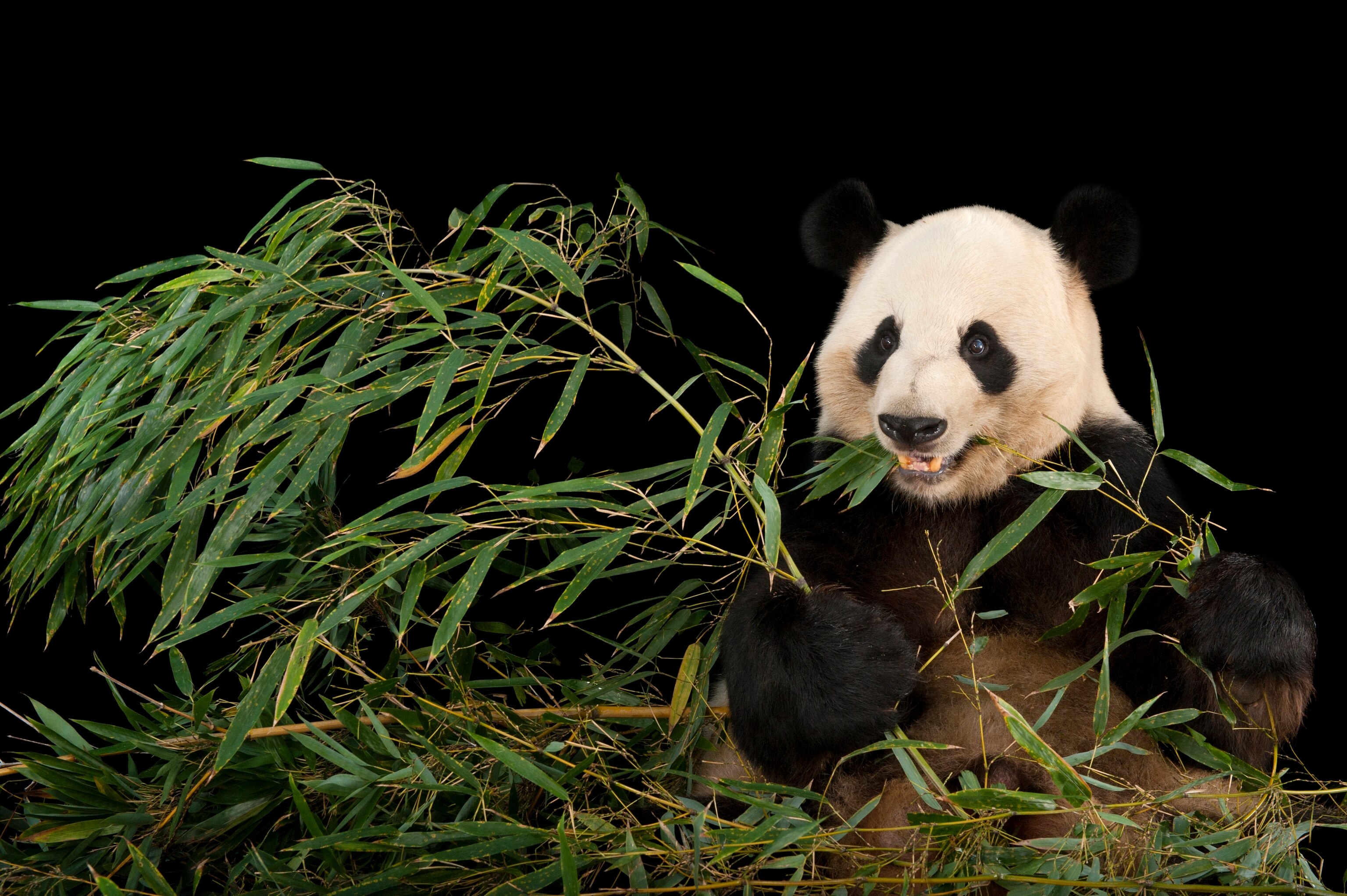
Despite their appearance, polar bears are more black than white. They have black skin, but hollow, transparent hairs scatter light in the same way as snow, giving them their creamy-white color. Synonymous with conservation, polar bears remain endangered as their Arctic sea ice habitat continues to shrink at a rate of about 14 percent every decade.
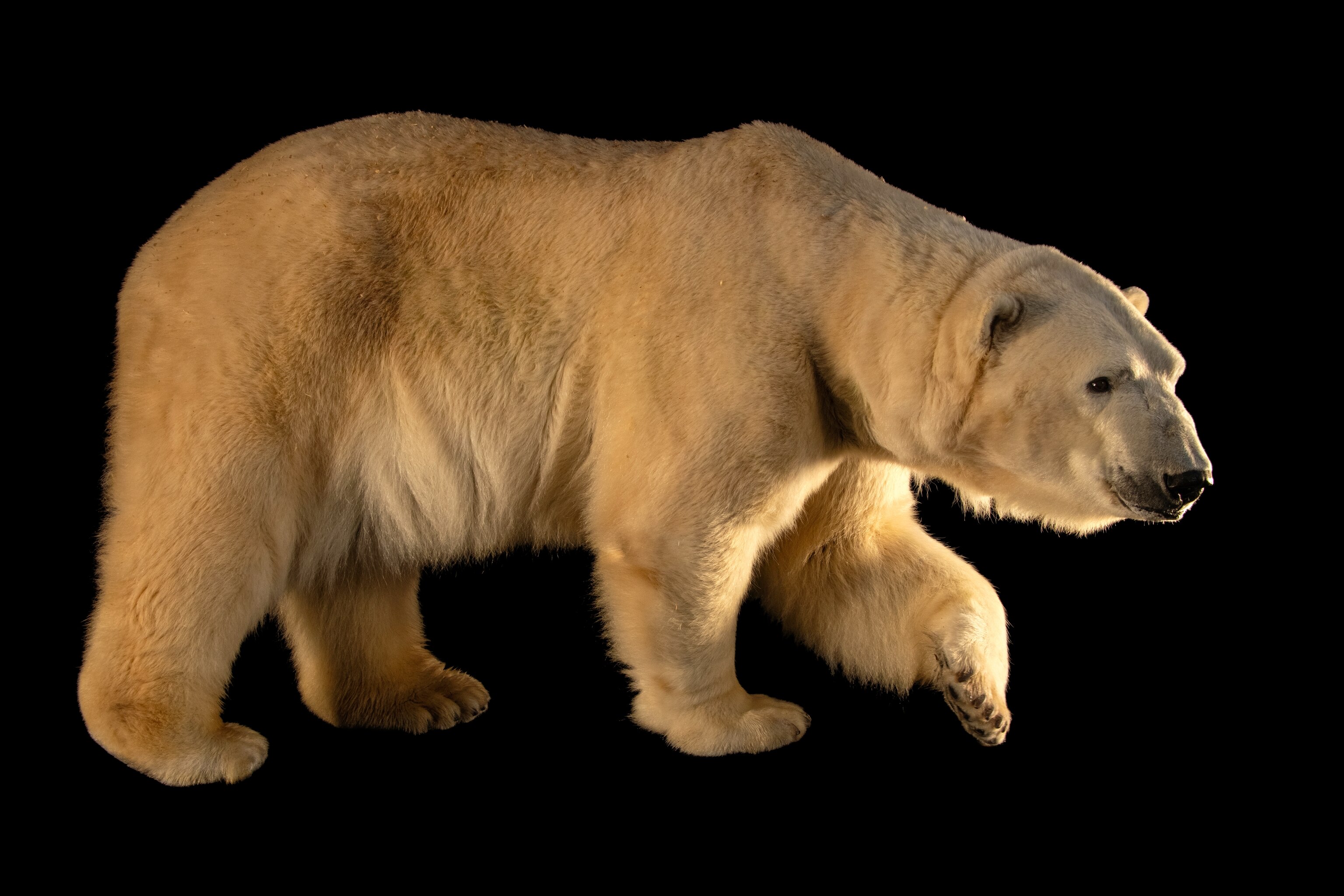
Once, millions of African penguins could be found along the coastlines of South Africa and Namibia, but today they are listed as endangered. Overfishing and climate change have created critical food shortages, and other threats ranging from egg collection to oil spills are also taking their destructive toll on this iconic seabird.
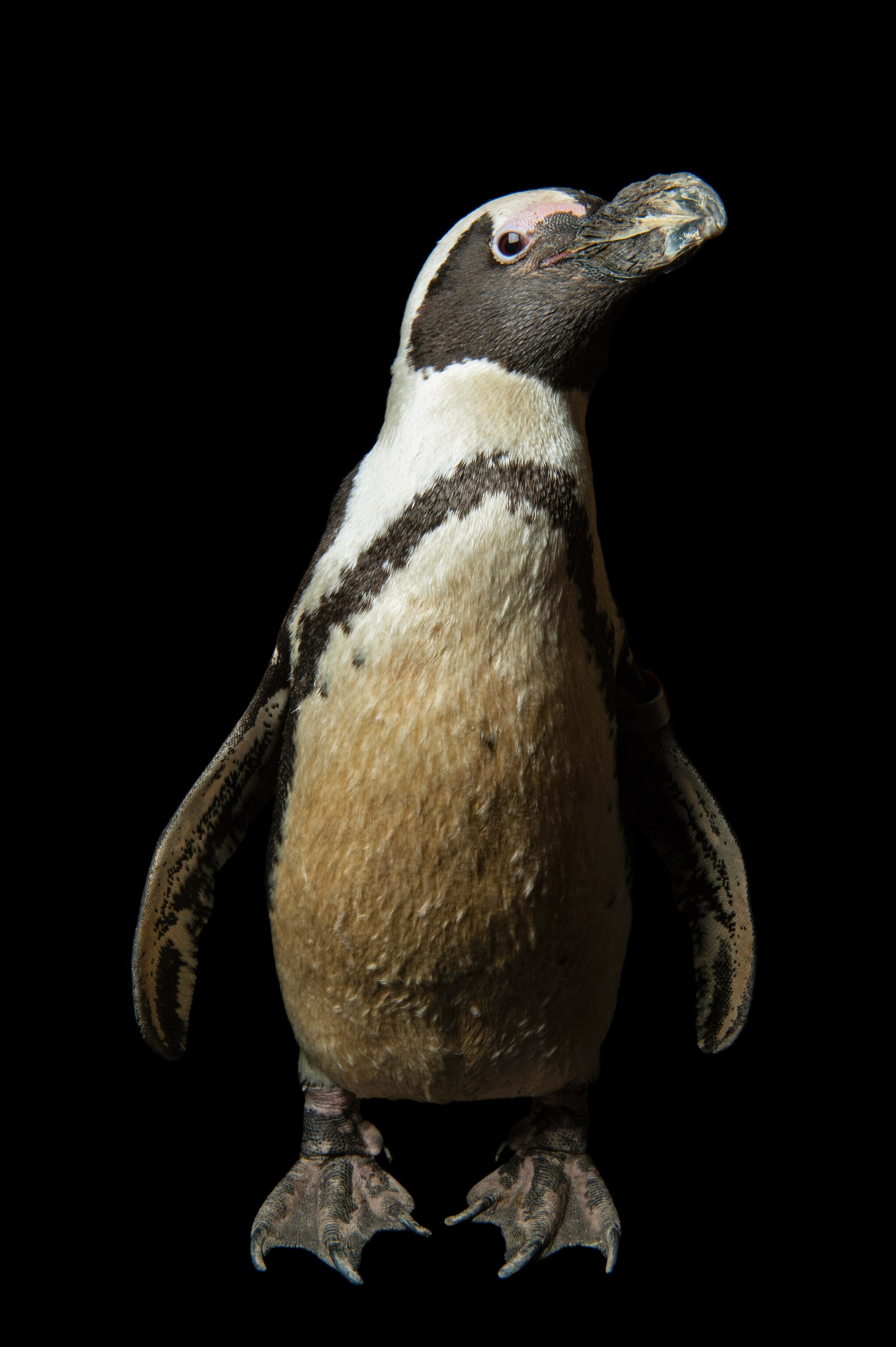
Rainbow Colors
As the most flamboyant of monkeys, it is the biggest and brightest male mandrills that are considered the most attractive mates. They have distinctive red lips and nose, purple and blue facial ridges, and a great golden beard. These dazzling colors also appear again on their rear to help them follow each other through equatorial Africa’s thick but diminishing rainforests.

The rainbow-colored candy darter is one of the world’s most beautiful freshwater fish. Despite vibrant bands of teal, red, and orange, candy darters are seldom seen. Found only in Appalachian streams in Virginia and West Virginia, this fish’s population has declined nearly 50 percent since the 1930s, but a captive breeding and release program aims to reverse the trend.
Gouldian finches are one of Australia’s most colorful birds, squeezing bright blue, green, yellow, and purple onto their small bodies. Living in open, tropical woodland that is threatened by livestock grazing and wildfires, fewer than 2,500 mature Gouldians remain in the wild. Ongoing conservation efforts are helping to increase their numbers.
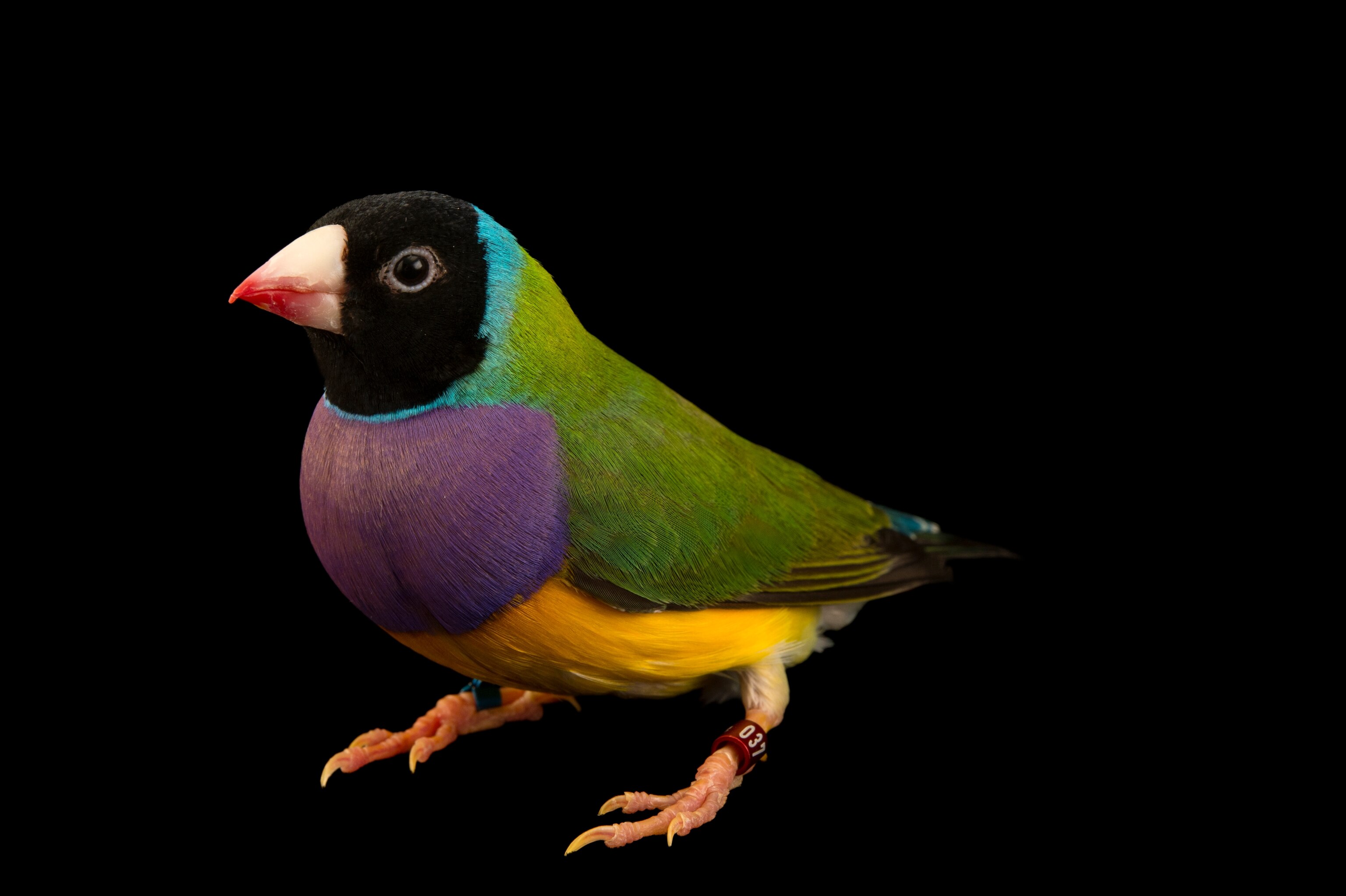
Authentically capturing and sharing the myriad colors of these threatened species is a challenge—but one to which the OPPO Find X3 Pro has risen. OPPO’s flagship smartphone has an astonishing end-to-end range of one billion colors, from capture through processing to display. This is backed up by a class-leading wide and ultra-wide-angle lens and the best micro camera on any smartphone, capable of delivering 60x magnification. With these world-leading features, the OPPO Find X3 Pro gives everyone the ability to get amazingly close to nature and allows us all to share even more of the world’s most colorful wonders—from urban backyards to the world’s most isolated and endangered places.







